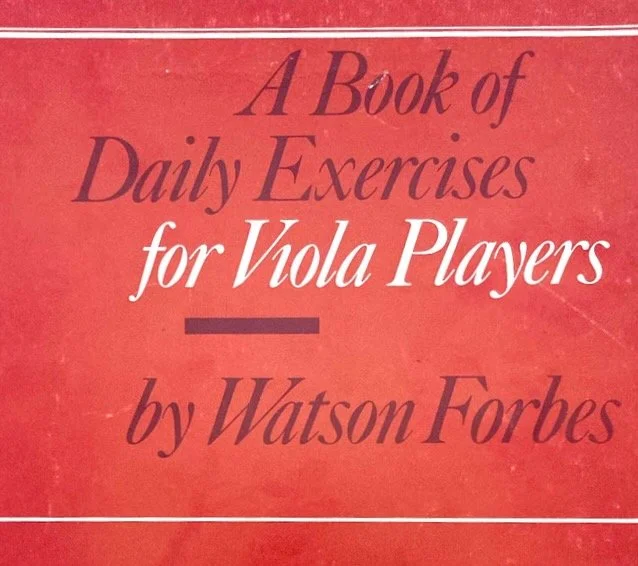Mapping the Fingerboard, One Half-Step at a Time
A detailed mental map of the fingerboard is critical for good intonation, left hand confidence and for designing intelligent fingerings. But most of us have a map that is at best incomplete: perhaps it’s crystal clear in 1st position and 3rd position, murky in 2nd, 4th and 5th position, and completely black in the higher reaches of the fingerboard!
So what’s the best way to build a complete map of the fingerboard? Watch the tutorial below for my step-by-step approach, which combines one-finger chromatic scales and finger pattern blocks to draw up a robust and detailed geography of the fingerboard in just a few minutes of daily practice.
Recommended by virtuoso violinists like Ruggerio Ricci (who wrote a whole book on them!) and virtuoso violists Paul Coletti and Helen Callus (who also wrote a whole book of them!), one-finger scales are a tried-and-true way to systematically explore every nook and cranny of the fingerboard.
The ability to confidently place your finger on any note in the fingerboard is extremely valuable in and of itself, but combined with practice of the basic finger pattern blocks on each of those locations, it builds a map of the fingerboard that is comprehensive and imminently practical, opening up the possibility of creative fingerings that seem like shortcuts from one position to the other. (More on this in a future post!)
And if you’re eager for more, click here to access my free worksheet with the exercises in this video (including a bonus exercise!) along with detailed instructions on how to practice them effectively.









